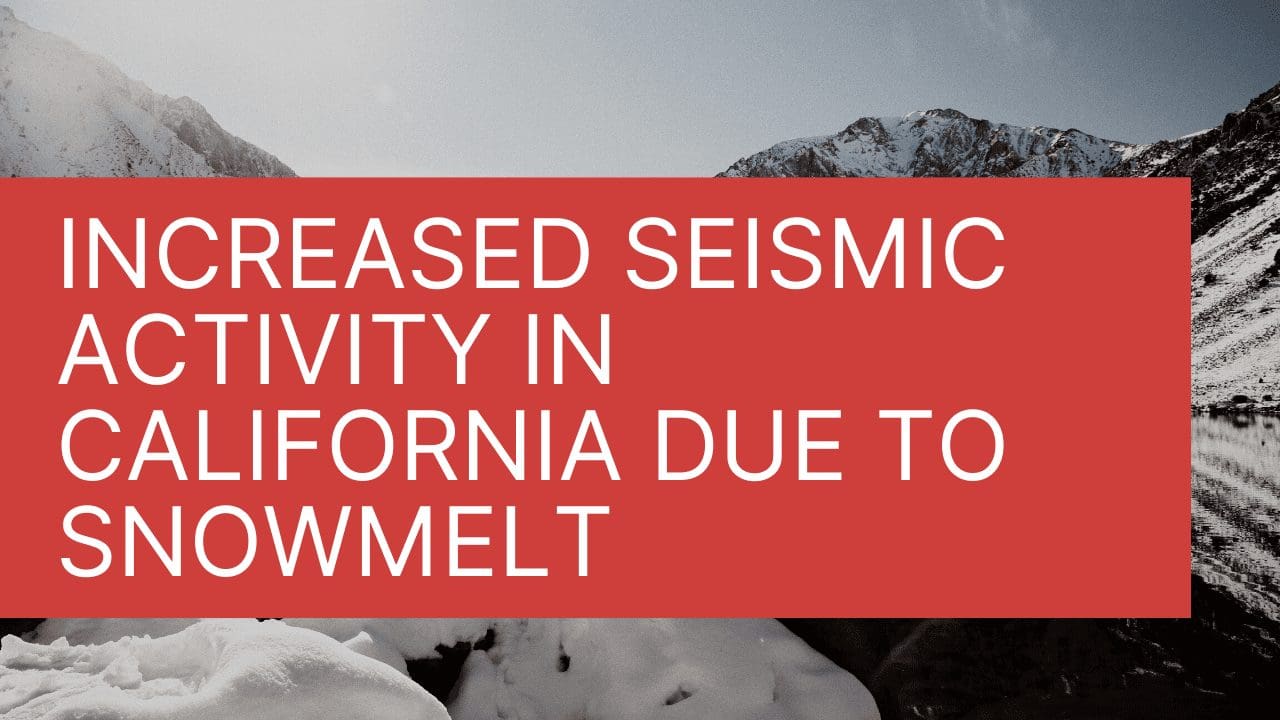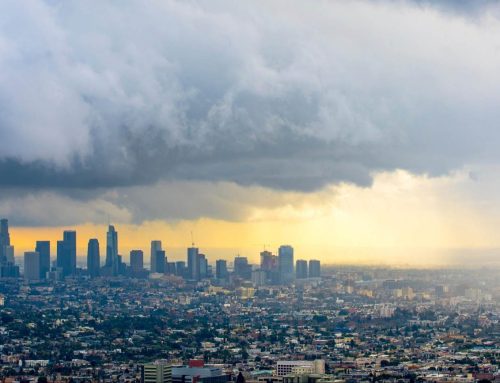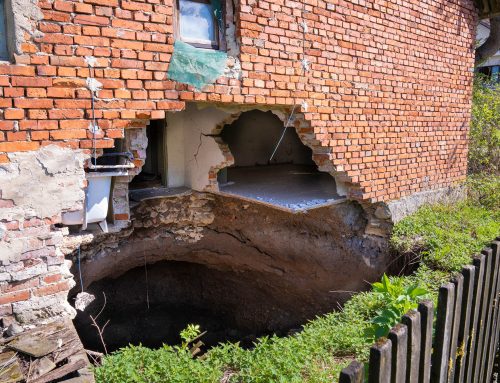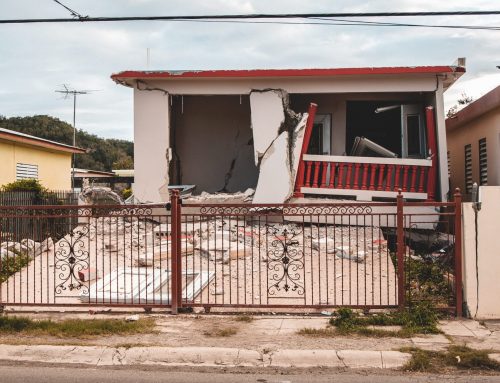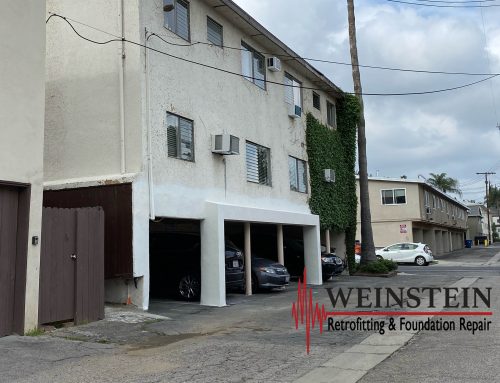There has been an uptick in seismic activity in California due to a surge in rain and snow.
New data has been submitted by the U.S. Geological survey earlier this week, which tracked a swarm of earthquakes near the Mammoth Mountains in 2017. Research has shown that over a period of several weeks, the area has experienced about 100 minor quakes.
What’s the relationship with the weather? Okay, during the same time period (2016-2017) the area experienced a very high level of flooding due to the melting of snow. The state had one of the worst snow seasons that year, resulting in some of the largest snowpacks ever recorded in California.
During 2019, there was also a record amount of snowfall, which prompted USGS researchers to see whether such seismic swarms could be related to volcanic activity.
Unlike normal volcanic activity, which pushes fluid upward through the surface of the planet, in this case, fluid was moving down into the layers of the earth.
The data generated from the heavy snow pack of 2017 and the snowy season of 2019 led researchers to conclude that high levels of snowmelt could be responsible for increased seismic activity.
The connection led researchers to study seismic activity in the Mammoth area during the years of record-breaking snowfall. Between 1984 and 2017, “earthquake swarms” tended to occur on some of the wettest days of the year.
“I think the discovery of these snowmelt swarms might be the biggest new understanding of something that happened there. I think people have seen these swarms in the past, but they thought they were not connected to the magmatic system, “Emily Montgomery-Brown, a U.S. researcher. Geological Survey referred to the phenomenon (via the L.A. Times).
The USGS plans to continue monitoring the area for seismic activity and volcanic activity. Although researchers expect an increase in seismic activity over the period May-June, quakes may not be as strong as they were in 2017.
“Sometimes in a large, rainy year like last year, all the strains can be released so that the swarms may not be as big as the year before,” Brown added.
Making the comparison that it is equivalent to “a person spending all their energy at an amusement park in one day, leading to a less active attitude on Day Two.” Scientists have been tracking volcanic activity in the area–the same volcano that erupted 760 000 years ago, covering California in ash–since the 1908s, when a series of earthquakes caused the volcano to rise rapidly.
While there are more warning signs before a volcano erupts (compared to a major earthquake), the chances of a volcanic eruption in California are similar to a major earthquake that occurred along the San Andreas fault.
In addition to these new findings on the correlation between increased snowmelt and seismic activity, data released earlier this year by the USGS found that California’s “earthquake drought” is likely to come to an end in the next decade–which means that we can expect multiple, large earthquakes across the state.
When we move on to this next phase of (anticipated) heightened earthquake activity, it is critical, as a California resident, to take proper precautions for the survival and safety of the earthquake.
Weinstein Construction is an expert in Los Angeles Foundation inspection, foundation contractors, earthquake retrofitting, and foundation repair. Weinstein Construction, has inspected more than 15,000 structures, working with engineering firms and local construction and safety departments. Over the last five years, the company has done more ground repair and earthquake retrofitting in Los Angeles than any other business in the country.


